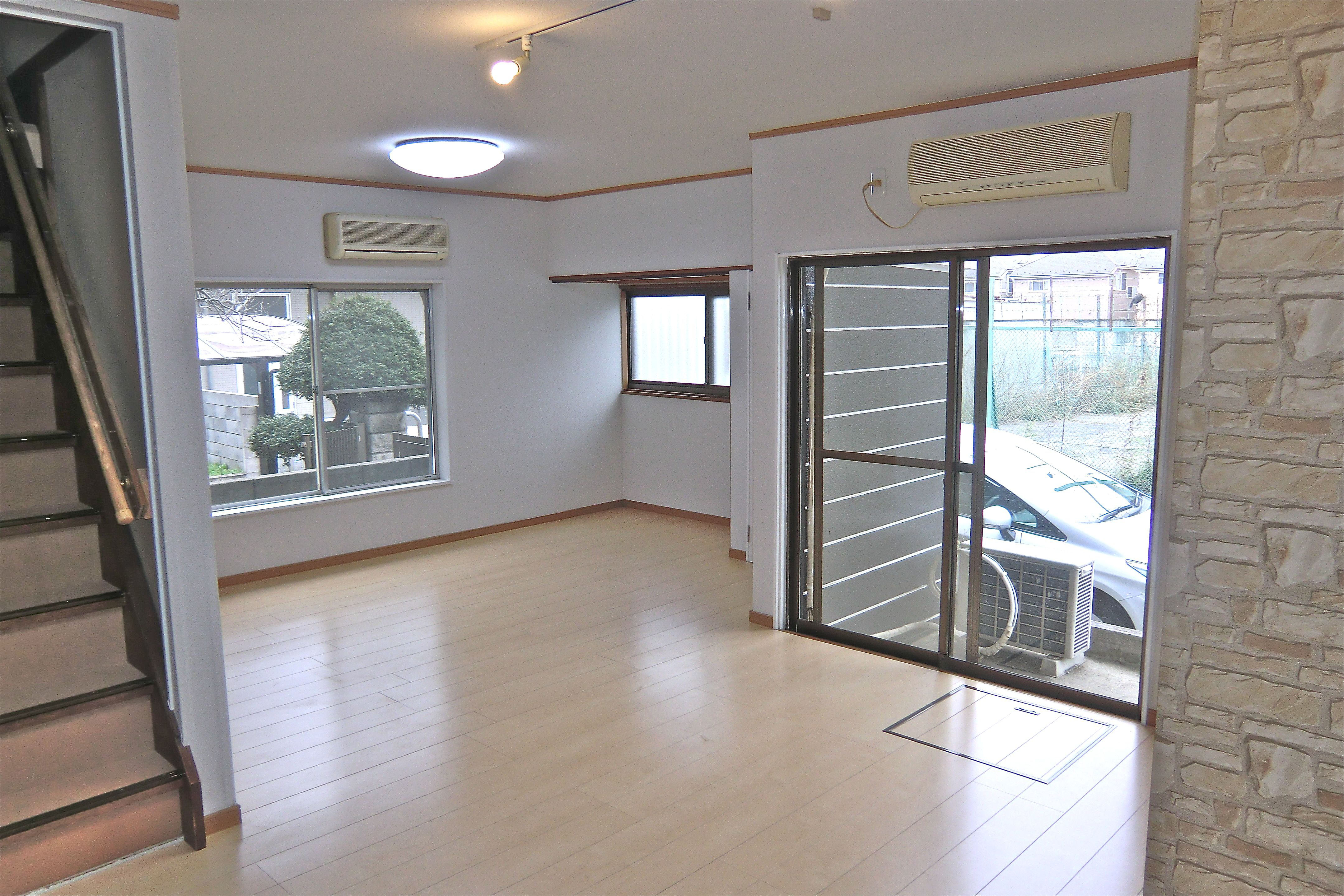A year ago we looked at a 20-year-old apartment after it had just gone on sale in the city where we live, which is about an hour from Tokyo. It was large and sunny, but the walls needed to be re-papered and the floors replaced. The realtor told us that the ¥11.6 million asking price included the cost of remodeling, which would be carried out by a company already chosen by the owner, once a sales contract was signed. We said we preferred having the remodeling done to our own specifications and asked how much cheaper the apartment would be if we bought it in its present state. She checked with the owner and called us back: He'd knock off ¥600,000.
Based on what we knew, repapering and replacing floors in an apartment that size would have cost more than the deduction, so we assume the job the seller envisioned would have involved little more than hanging kurosu (cheap wallpaper) and laying down low-grade veneer "flooring." It would not include new bathroom or kitchen fixtures. Sellers are encouraged by realtors to make their properties more desirable by fixing them up before putting them on the market, and in most cases the work is minimal. To people like us, who have a more idiosyncratic idea of what we want in a living space, this generic remodeling work is wasteful and discouraging, especially if the price has been jacked up to absorb the difference.
In 2010, the construction ministry conducted a survey of people who had recently sold homes. Of those who had carried out home improvements for that very purpose, 73 percent said they received more money than they would have had they not carried out the work. The average "added value" these improvements provided was ¥1.66 million, though the average amount of money spent on said improvements was ¥3.13 million. So, in theory, these homeowners lost money, since they paid more for the improvements than they received in added value.



